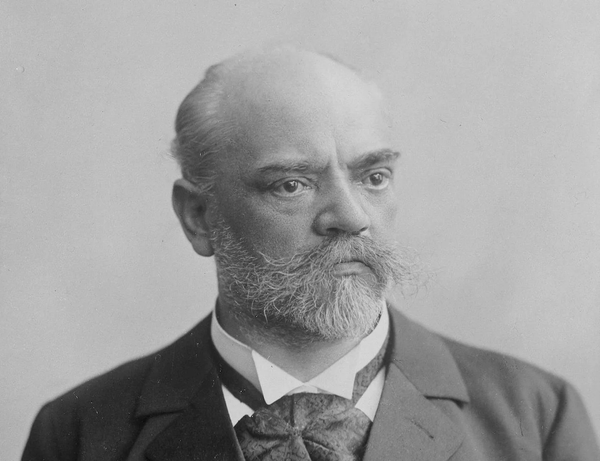5 Secrets of World-Class Pianists You Can Use in Your Practice
Discover the practice secrets of world-class pianists, from slow practice to emotional storytelling. These proven techniques will transform your approach at the keyboard and bring depth, clarity, and artistry to your playing.

To the casual listener, world-class pianists appear almost superhuman. Their playing seems effortless: fluid hands gliding across the keyboard, complex passages tossed off with apparent ease, and emotional depth expressed in every note. Yet, behind the glamour of the concert hall lies an extraordinary amount of discipline, method, and finely honed craft.
The journey from student to concert pianist is not just about talent but about cultivating habits that maximise potential and refine artistry. While not everyone aspires to Carnegie Hall, any pianist can benefit from the approaches that the greats employ. Here are five secrets from the world’s top pianists that you can incorporate into your practice today.
1. Slow Practice is the Fastest Way Forward
One of the most consistent techniques used by pianists of the highest calibre is slow practice. It may sound counter-intuitive, but playing at a snail’s pace allows for total control over finger placement, tone, and musical intention.
By stripping away speed, you can focus on the mechanics of each movement. The pianist Claudio Arrau, revered for his profound interpretations, was known to practise works excruciatingly slowly to ensure complete mastery. This approach strengthens muscle memory, reduces errors, and builds confidence when the tempo is later increased.
For the amateur pianist, slow practice offers a powerful tool. Rather than rushing through a difficult passage repeatedly, take it down to half speed or even less. Notice the weight of each finger, the smoothness of your transitions, and the clarity of each note. Only when you can play it perfectly at a slow tempo should you allow yourself to accelerate.
In time, you will find that what once felt impossible suddenly flows naturally under your fingers.
2. Mental Rehearsal is as Crucial as Playing
Professional pianists spend countless hours away from the instrument, visualising their performance. This mental practice strengthens memory, sharpens concentration, and reduces performance anxiety.
The pianist Alfred Cortot encouraged his students to "play" pieces in their minds, imagining the sensation of each movement and hearing the music internally. Neuroscience has since confirmed the power of mental imagery: the brain activates similar neural pathways whether you are physically playing or merely imagining the act.
Try closing your eyes and silently walking through your piece. Picture the keyboard, the hand positions, the dynamics, and even the sound. If you stumble in your imagination, that is a sign you may need to review that section at the piano.
Incorporating mental practice into your routine can double your efficiency, especially when physical practice time is limited.
3. Focus on Tone, Not Just Notes
World-class pianists are not defined by their technical perfection alone but by the quality of sound they produce. They understand that tone is the true voice of the instrument.
Arturo Benedetti Michelangeli was legendary for his obsessive attention to tone. He would spend hours perfecting the weight of a single note or chord. Similarly, Martha Argerich’s fiery playing is as much about colour and nuance as it is about sheer virtuosity.
For developing pianists, it is easy to reduce practice to simply “getting the notes right.” Yet, true artistry comes when you ask: How do I want this note to sound? Experiment with arm weight, pedal, and finger touch. Listen carefully to the resonance of the instrument. Are you achieving a bright, singing tone or a darker, more mysterious colour?
By paying attention to tone production, your playing will immediately gain greater expressiveness and sophistication.
4. Structure Practice with Precision
Top pianists treat practice like a scientist conducts experiments: with clarity, purpose, and order. They rarely sit at the piano to “see what happens.” Instead, they map out their time to tackle specific challenges.
The legendary pianist Sviatoslav Richter was known for his meticulously organised practice sessions. He would break down works into sections, focus on technical difficulties, and vary his approach to keep his mind engaged.
You can adopt the same discipline. Begin each session with a clear objective: perhaps mastering a tricky passage, refining phrasing, or consolidating memory. Divide your practice into short, concentrated segments rather than slogging away aimlessly.
A useful method is the “Pomodoro technique”—set a timer for 25 minutes, work with full focus, then take a short break. This prevents fatigue and helps you retain concentration throughout your session.
Remember, it is not the number of hours spent practising but the quality of attention you bring that makes the difference.
5. Connect Emotion with Technique
The greatest pianists are not simply technicians; they are storytellers. Every performance conveys something beyond the notes: joy, longing, tragedy, ecstasy. The secret lies in fusing emotional intent with technical command.
Vladimir Horowitz often spoke of searching for the “magic” in music, a quality that went beyond precision. Similarly, Daniel Barenboim insists that a pianist must always think in terms of narrative, even in abstract works.
For your own practice, do not wait until you have mastered a piece technically before considering its emotional character. Ask yourself: What is the mood here? What is the story this phrase tells? Play with intention, even when practising slowly.
By cultivating this habit early, you will ensure that your playing always carries meaning, however simple the piece. It is this depth of communication that transforms a pianist from competent to compelling.
Bringing It All Together
The artistry of world-class pianists may seem unattainable, but their methods are surprisingly practical and accessible. By slowing down, engaging your mind, listening for tone, structuring your practice, and marrying technique with emotion, you can elevate your own playing significantly. These secrets are not shortcuts—they demand patience and consistency. But they also remind us that true mastery is not about inborn genius alone; it is about thoughtful, deliberate effort.





